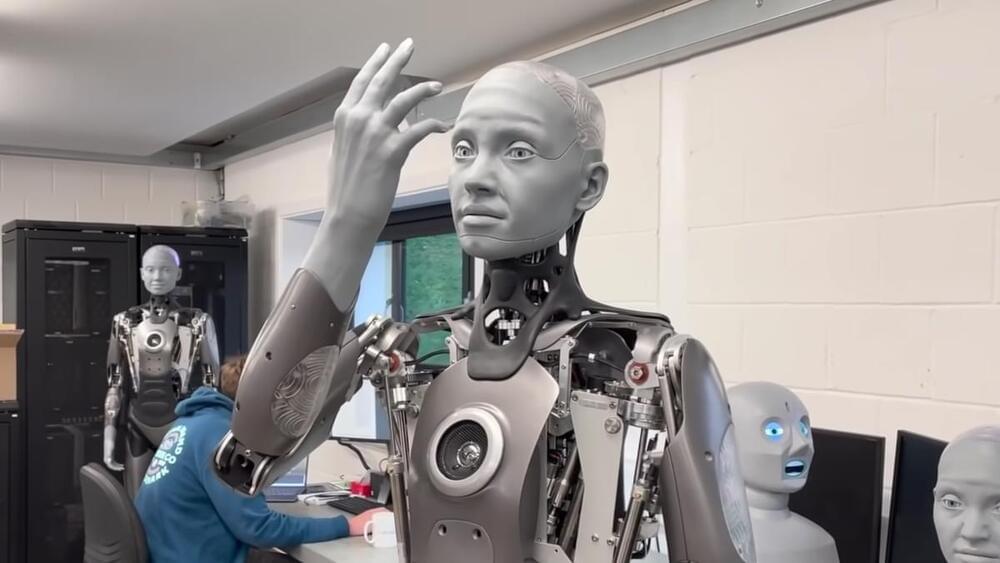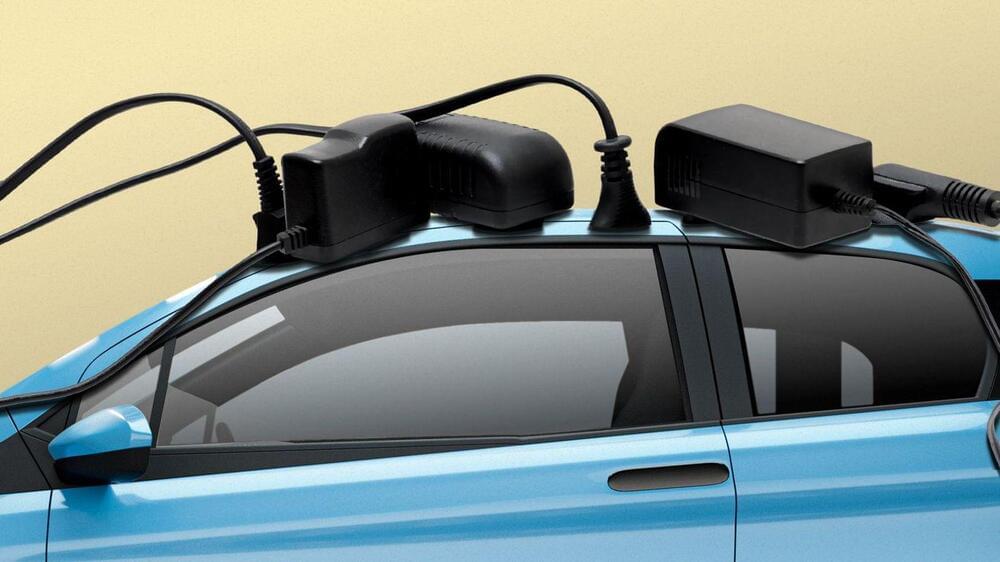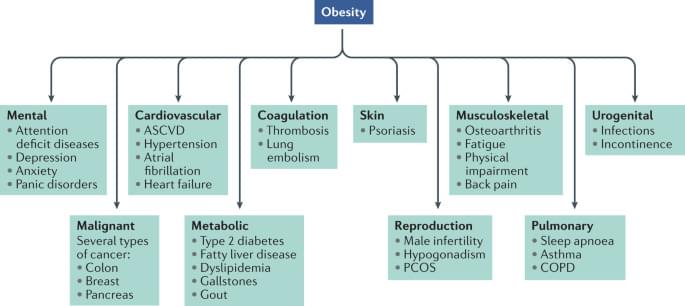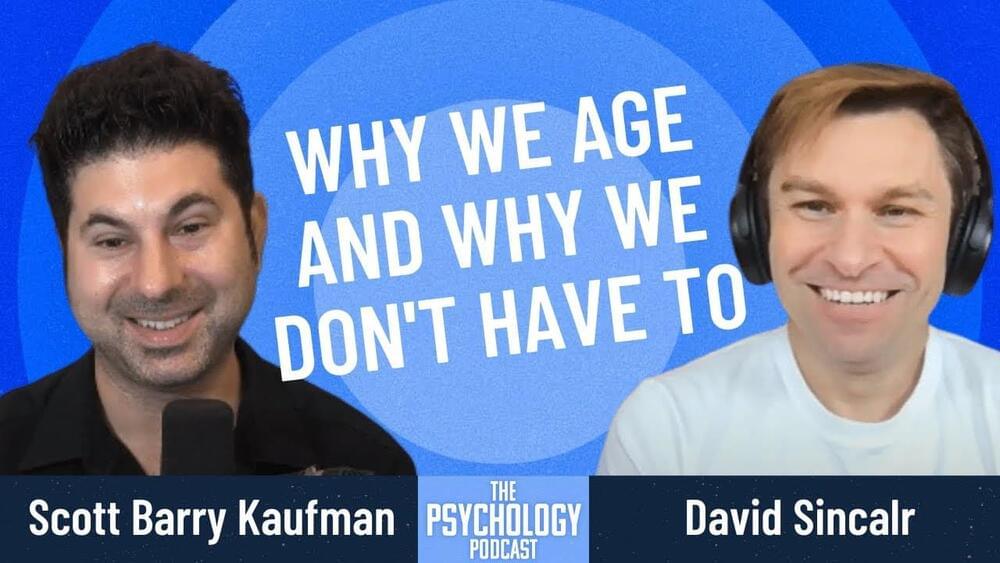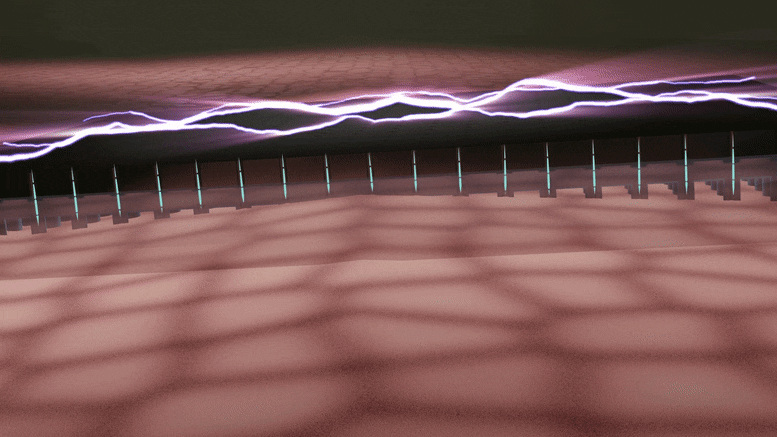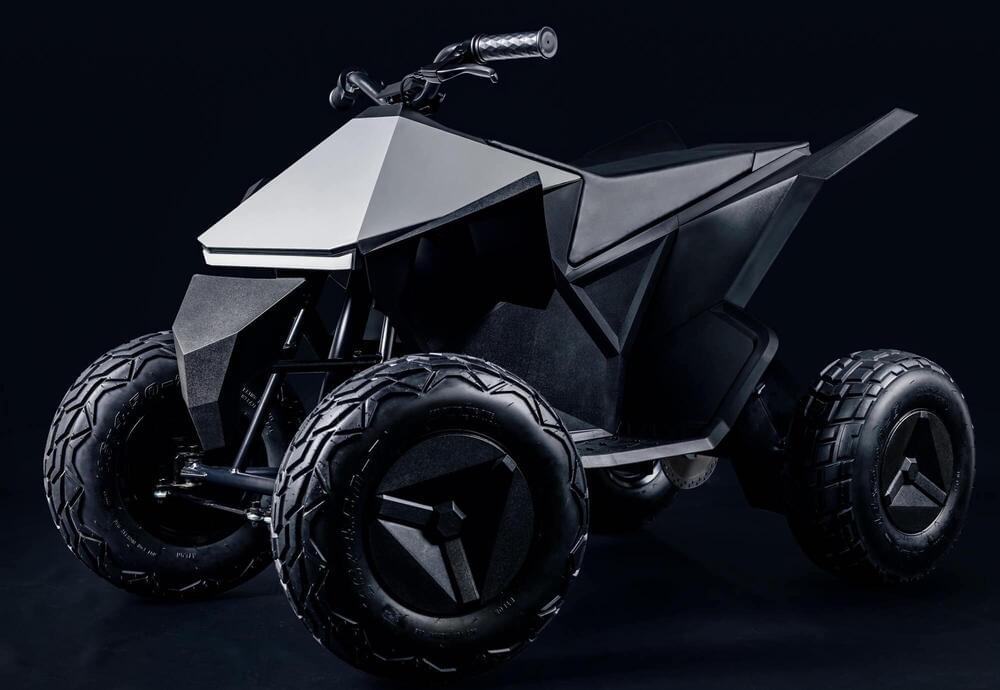Records continue to tumble in South Australia, with solar reaching 110 pct of local demand, and wind and solar meeting an average 100pct of demand over 93 hours.
The records for wind and solar output and market share keep falling. On Monday, we reported how wind and solar peaked at a record share of 135 per cent of South Australia state demand on Saturday, and averaged more than 100 per cent of local demand over a 72 hour period.
It turns out we only just scratched the surface of the new records being posted in that state and elsewhere in Australia’s main grid over the last few days.
Solar alone delivered 110.6 per cent of South Australia’s state demand at 11.10 AEST on Sunday, smashing the previous record of 104.8 per cent set in early October, and also posted a record output of 1304.7MW at 13.00 AEST on the same day.


